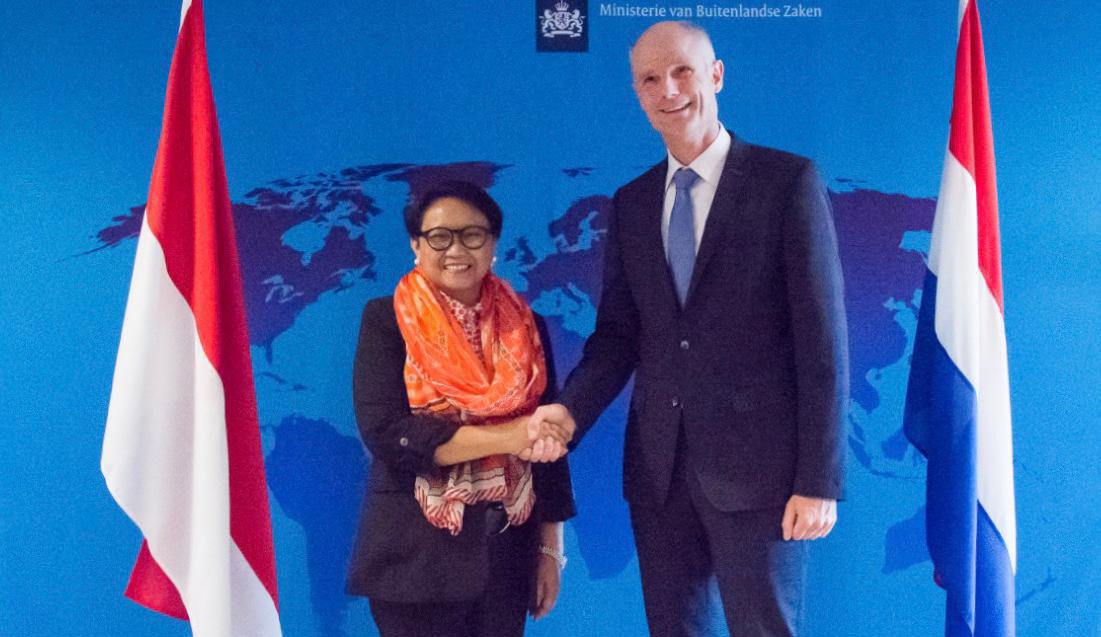Lower Gas Price Improves Competitiveness in Oleochemical Industry
Industrial sector in Indonesia is looking forward to implementation of Presidential Regulation (Perpres) No. 40/2016 on gas pricing that is promised to be set at US$6/Million British Thermal Unit (MMBTU).

JAKARTA-Industrial sector in Indonesia is looking forward to implementation of Presidential Regulation (Perpres) No. 40/2016 on gas pricing that is promised to be set at US$6/Million British Thermal Unit (MMBTU). Lower gas price is believed to be able to bolster the economic growth and industrialization process in Indonesia.
Indonesian oleochecmical producers addressed the issue in a discussion organized by Indonesian Oleochemical Producers Association (Apolin) and Sawit Indonesia Magazine supported by the Indonesia Oil Palm Plantations Fund Management Agency (BPDPKS) in Jakarta, (19/2/2020).
The day-long seminar had the presence of several speakers: Rapolo Hutabarat (Chairman of Apolin), Lila Harsyah Bakhtiar, (Head of Sub-directorate of Non-food Plantation Products Industry at the Ministry of Industry), and Ananda Idris (Chairman of Oil and Gas Committee of Apolin).
Rapolo explained that oleochemical is one of industries stated on Presidential Regulation number 40/2016 which received an industrial gas price of US $6/per MMBTU. The seven sectors of the industry include oleochemical, fertilizer, petrochemical, steel, ceramic, glass, and rubber gloves.
Apolin data showed that oleochemical industry needs 11.7 million-13.9 million per MMBTU industrial gas every year, supplied by 111 companies which are member of Apolin. Currently, the oleochemical industry should pay the price of industrial gas average US $ $10-US $12 per MMBTU. In the production cost structure, gas costs contribute about 10%-12% for the production of fatty acids and by 30%-38% in producing fatty alcohol and derivative products.
Whereas, Perpres 40/2016 mandated the industrial gas price set at US $6 per MMBTU as directed by President Joko Widodo. Once the price is applied, the industry can save US $47.6 million to US $81.8 million or per year. "So far, we don’t see the price to go to lower level. We have been waiting for this for four years,” Rapolo said.
Lila Harsyah Bakhtiar said that oleochemical industry uses gas as a helper material for the manufacture of hydrogen gas in the hydrogenation process in the production of high value-added fatty acids and fatty alcohol.
Use of natural gas by oleochemical industry can be considered as "irreplaceable, as other options of hydrogen gas production come from methanol decomposition which is more expensive than gas (methanol also produced from gas). ***



































